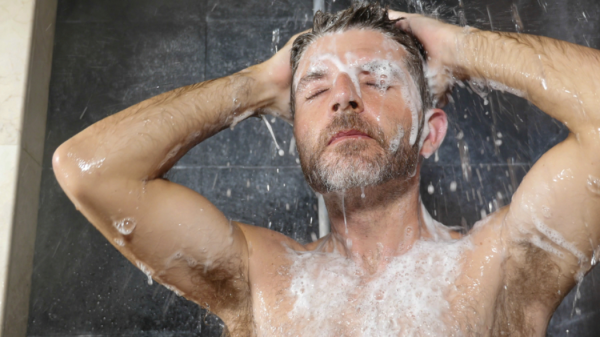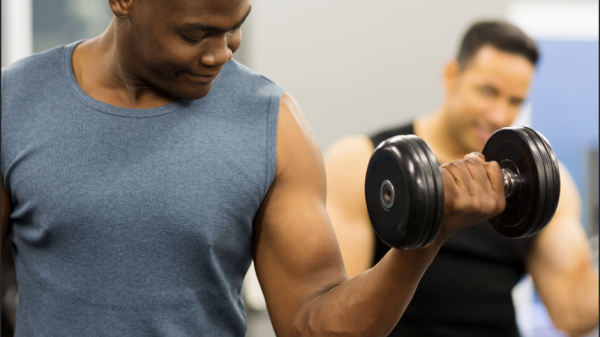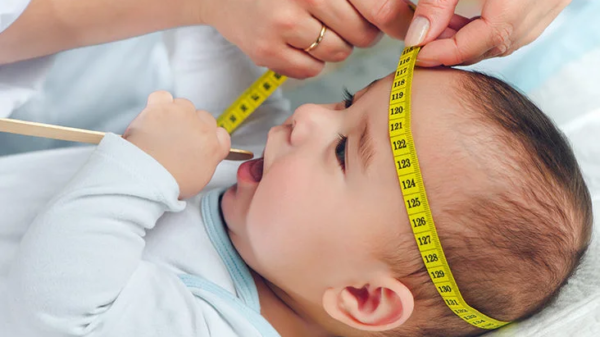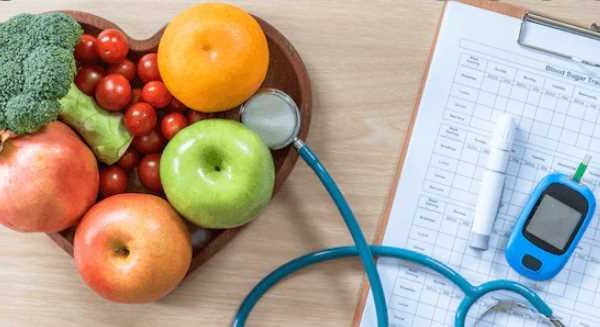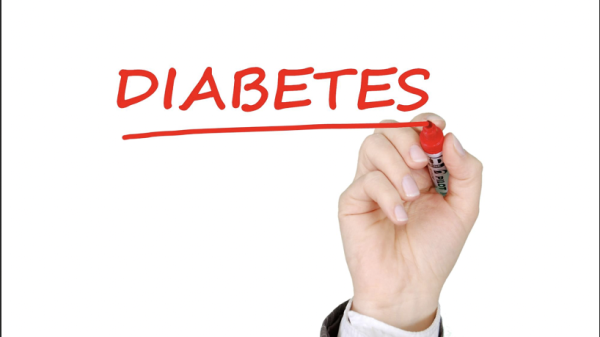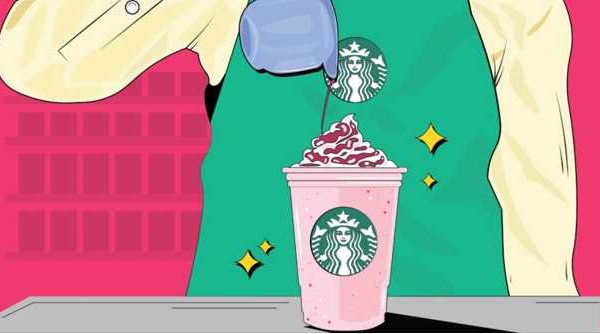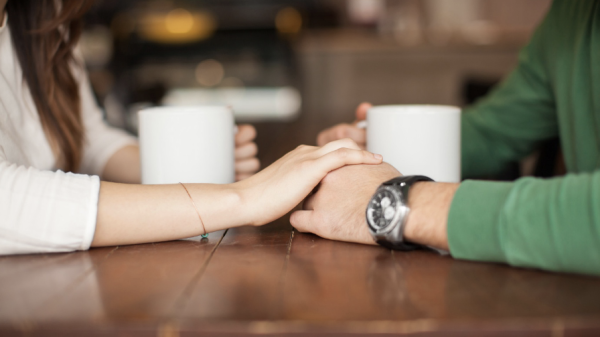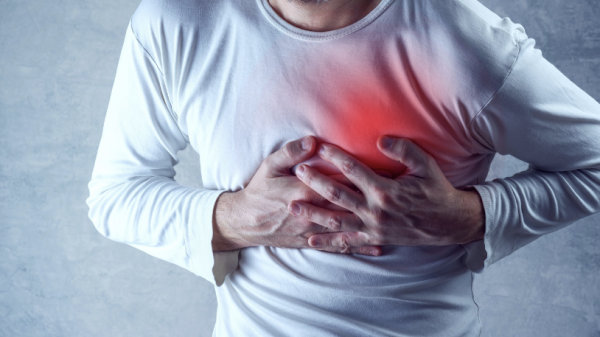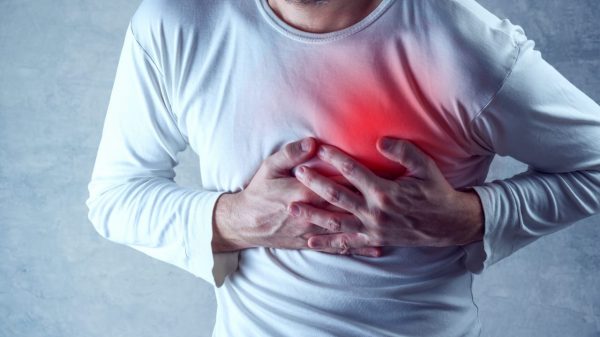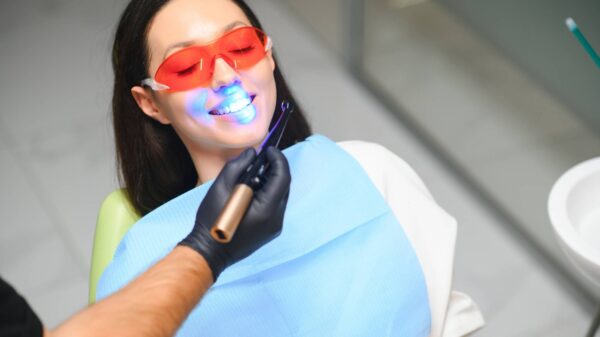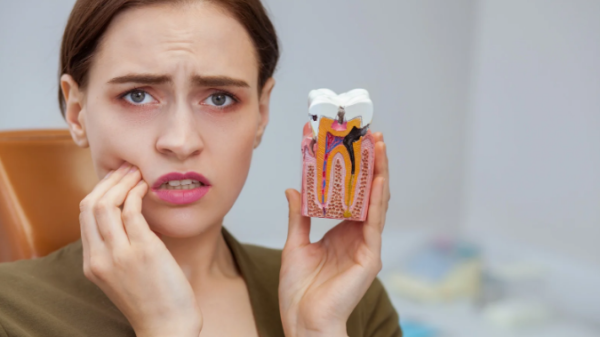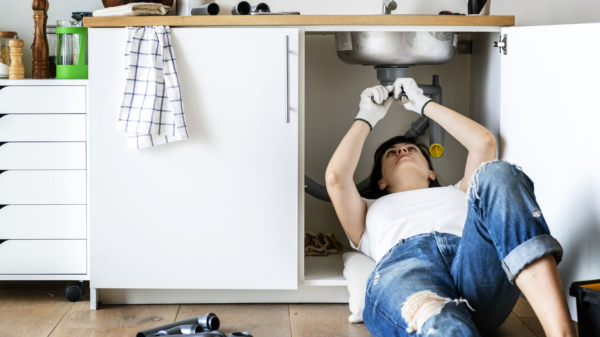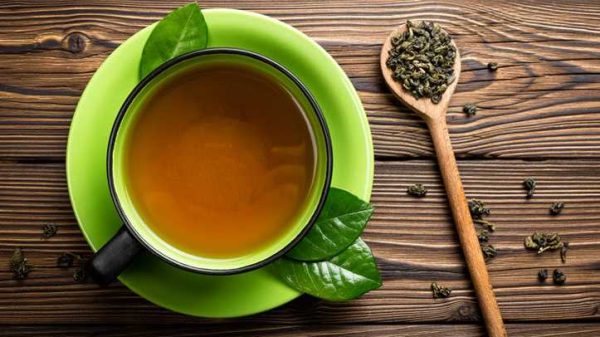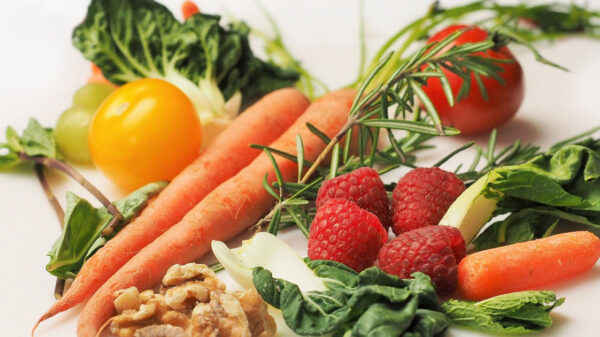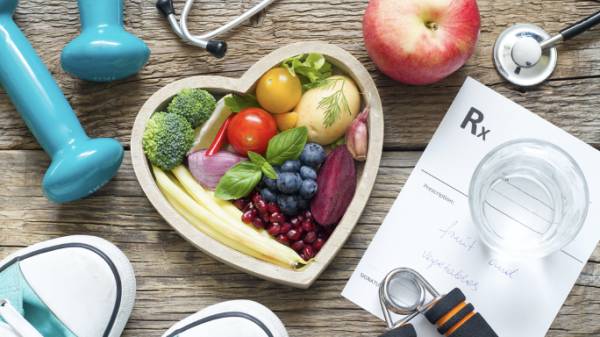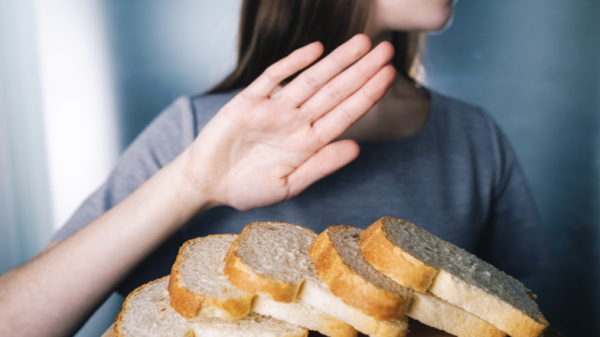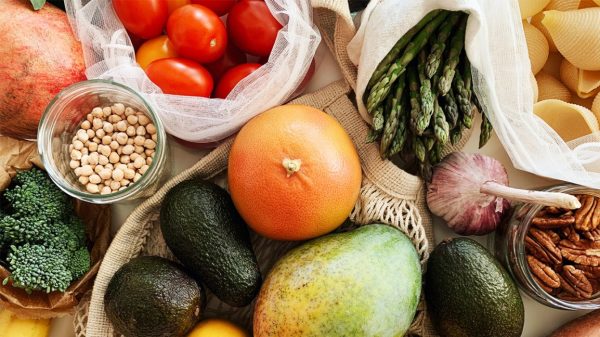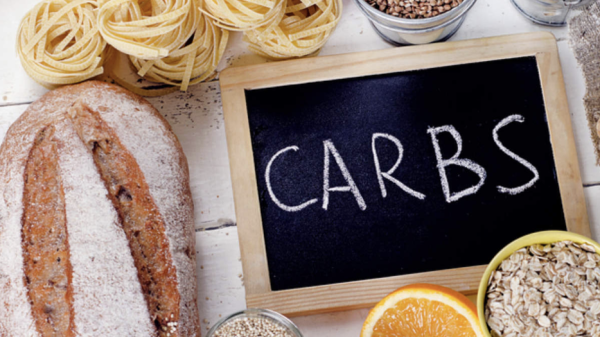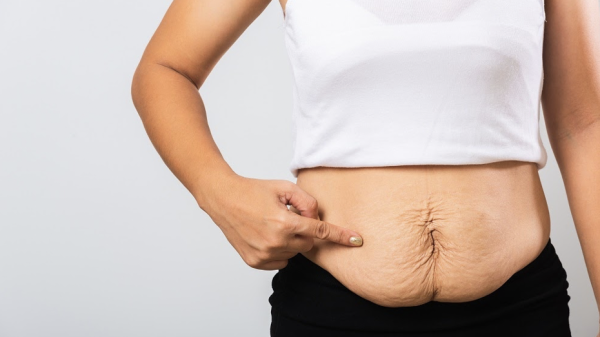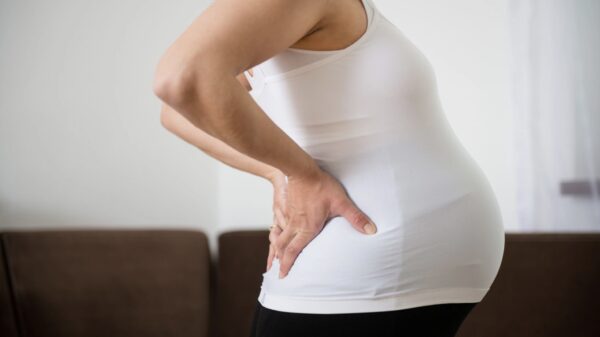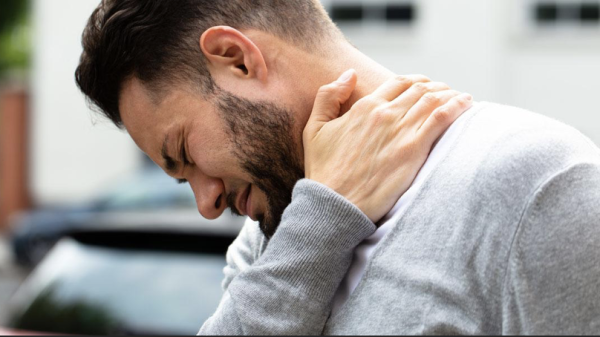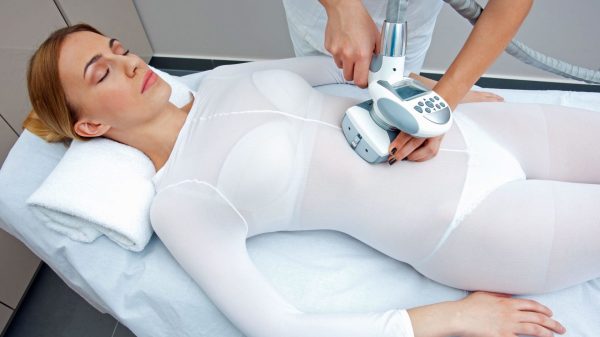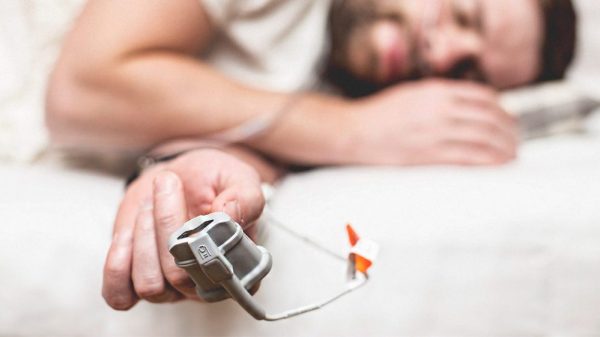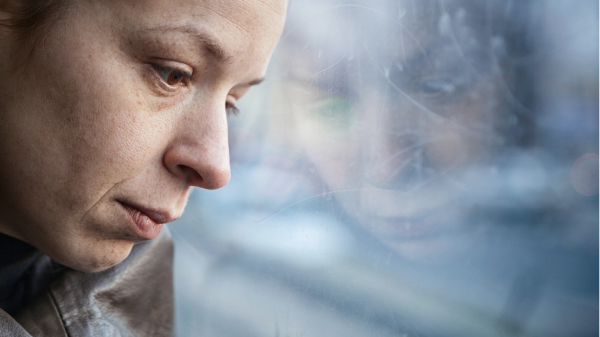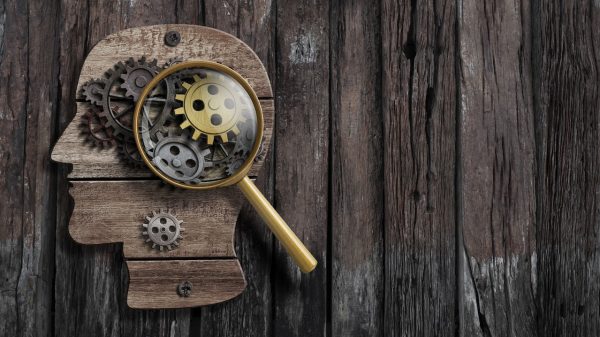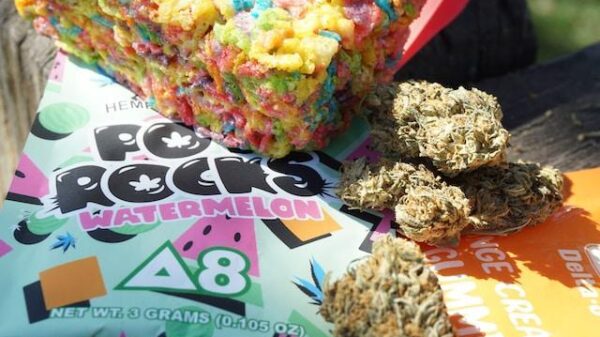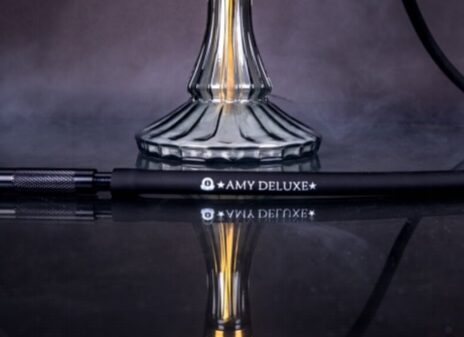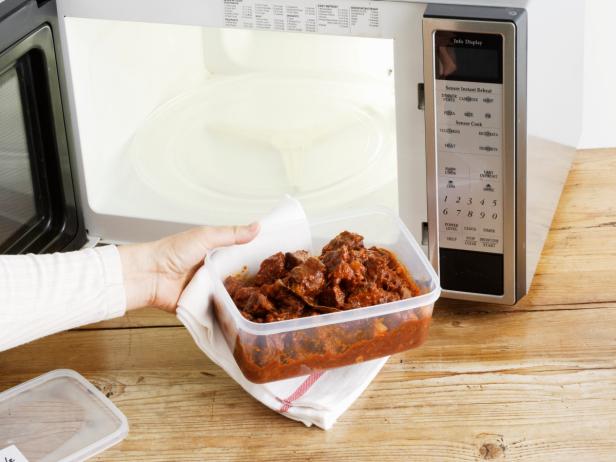If you’re new to the world of microwaves and are wondering what kind of containers you can use to reheat food, then this post is exactly what you need.
Is a metal bowl allowed? Are mason jars microwave-safe? How about Tupperware containers? How do you know which containers to use (and which ones to avoid)?
Containers to Keep out of the Microwave
Let’s first discuss what NOT to put in the microwave. Some containers are known to be bad for the health, environment, the actual microwave, or all of the above. They include:
- Aluminum foil
- Cups, plates, bowls, trays or any container with foam insulation
- Brown paper bags
- Plastic bags
- Some metal and steel bowls, dishes and containers
- Any styrofoam material
- Dishes and containers designed with metallic trim or paint
- Single-use plastic containers
- Colored paper plate
- Paper towel and paper napkins
- Plastic-lined paper containers used for cold-storage of your favorite yogurt, margarine, butter, or cottage cheese brands.
If you bought take out food and they use any of the materials above, you’ll need to transfer the food to a microwave-safe dish, bowl or container before reheating them.
Microwave-safe Containers
Glass and ceramics are the safest materials in containers, but because they may be designed with golden paint or other materials that are known to be unsafe for microwave heating, you can’t consider all glass and ceramic bowls, dishes and containers to be used freely on microwaves in general.
In fact, even if the container, bowl or dish is advertised as microwavable, if it has been cracked, scratched, or used almost daily, these items could be leaking out harmful materials that may just be aggravated when you place it into the microwave.
Some items that are generally allowed to be placed in a microwave are the following:
-
- Glassware that is resistant to heat. Make sure there are no cracks, chipped parts, or metallic elements attached to the glass.
- Glass jars. Although many glass jars aren’t heat-resistant, some can avoid breakage just by removing the lid. If you do find heat-resistant glass jars, most of them can only warm up food or liquid and not go all the way to high temperature.
- Dinnerware. Many dishes are microwave-safe, but make sure not to use them anymore if they crack or get chipped.
- Tupperware plastic containers. Some Tupperware products are microwave-safe, others are not. Good thing is the company always includes a label at the bottom.
- Other plastic containers. Note that some plastic materials soften when the food inside it gets warmer, even if the containers seem thick enough to withstand heat. This is why you should always check the manufacturer’s instructions before placing plastic bowls, bags, dishes and containers in the microwave.
- Aluminum foil and plastic wrap. Both of these items can be placed in the microwave, but only small pieces to cover your food. This can help prevent overcooking and retain moisture during heating. But be wary of the plastic wrap touching your food, and the foil touching the oven walls.
- Cooking bags. If you shop around for oven cooking bags thinking you can put any food inside and everything will be okay, not so fast. You still have to let steam escape, untie the metal locks, or follow precautions to keep the bags from exploding.
- Thermometers. Microwave-safe thermometers can be used as well.
You might think there’s a lot of rules right now, but I promise you once you’ve gotten these reminders down, using a microwave oven is worth all the trouble.
Microwave-safe Labels
In most cases, a warning or label should tell you if you can microwave the container directly or not. These details may be one of the following:
- The words “microwave safe,” “not microwave safe,” or any similar warning
- A symbol with wave-like lines, or lines of waves
- A Mobius loop or triangle with a number indicated on the symbol. This number refers to the type of plasticizer used on the container, which is always not recommended to be put inside the microwave.
If you can’t find a label telling you if a plate, bowl or container is microwave safe, you can always test it out yourself.
To do this, take your container of choice (keep it empty) inside the microwave. Place another container with a cup of tap water inside the microwave. Set the temperature on high and run it for 1 minute.
- If the empty container comes out cool, it is completely microwave-safe.
- If the empty container is a bit warm to touch, it can only be used for reheating.
- If the empty container is hot, it isn’t microwave-safe. Don’t use it for reheating food anymore.
You see, learning which containers to use for reheating food in the microwave is a MUST for anyone who owns this useful kitchen appliance. Not only does it avoid burns and accidentally destroying the microwave, you’re guaranteed that the food you place inside won’t be burnt, spoiled, or wasted.













